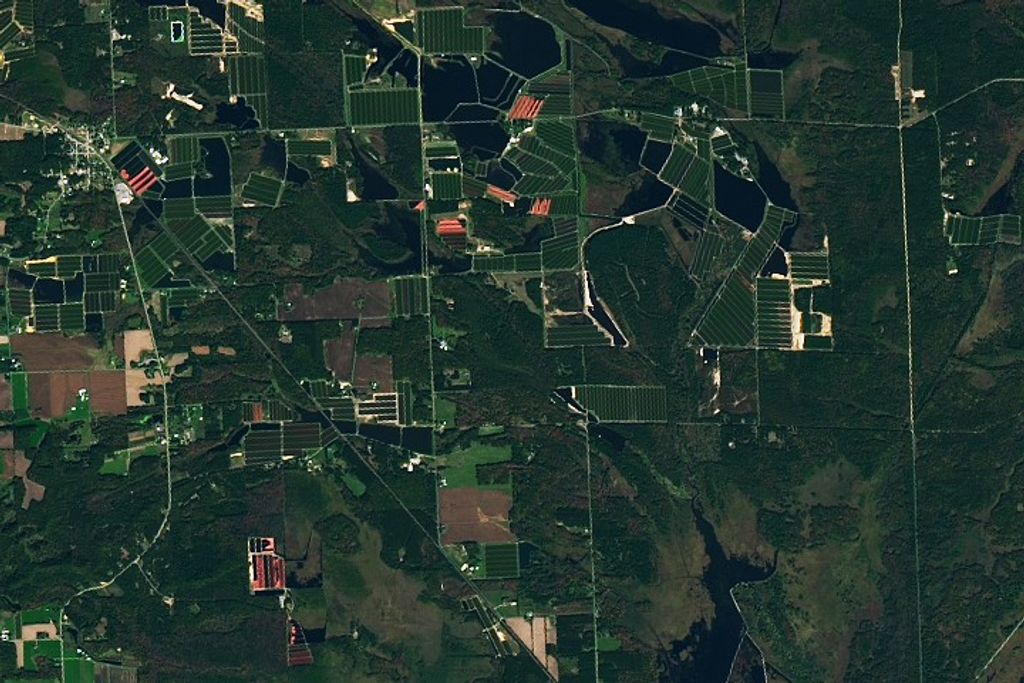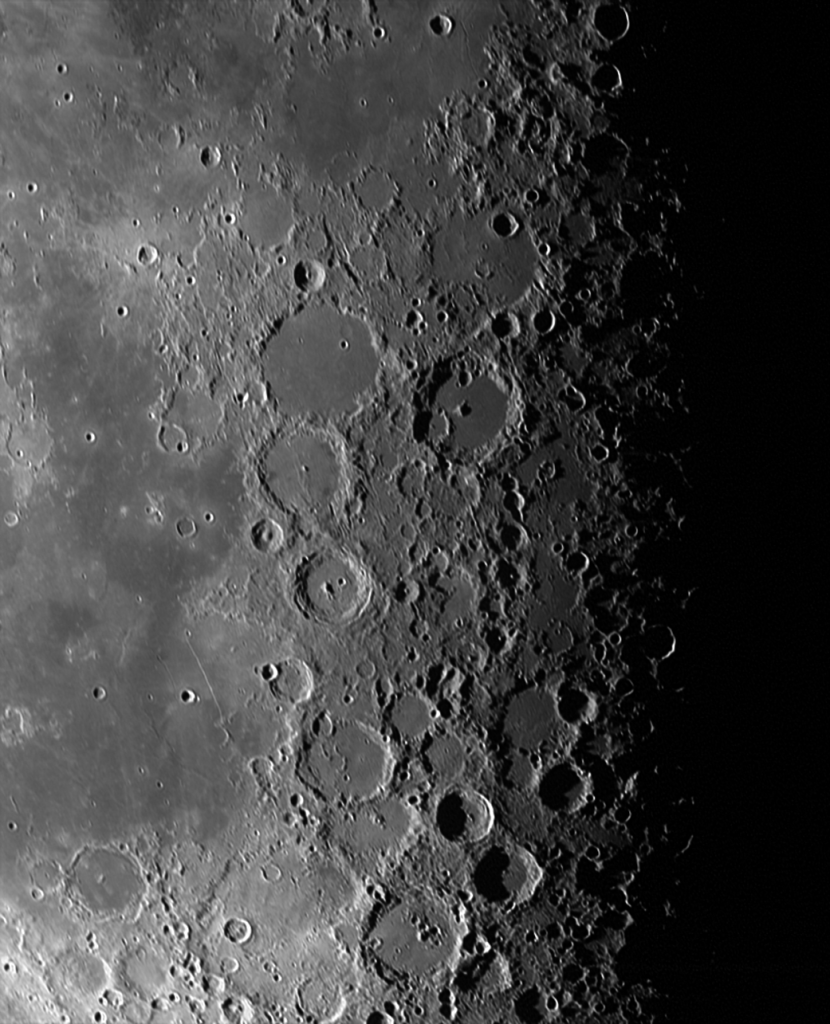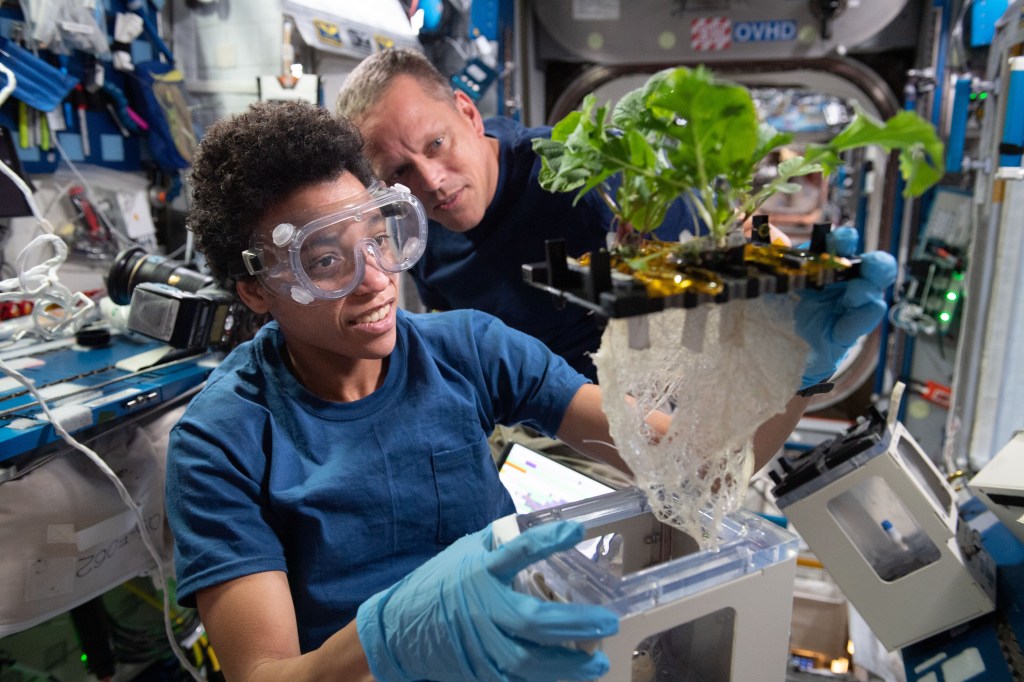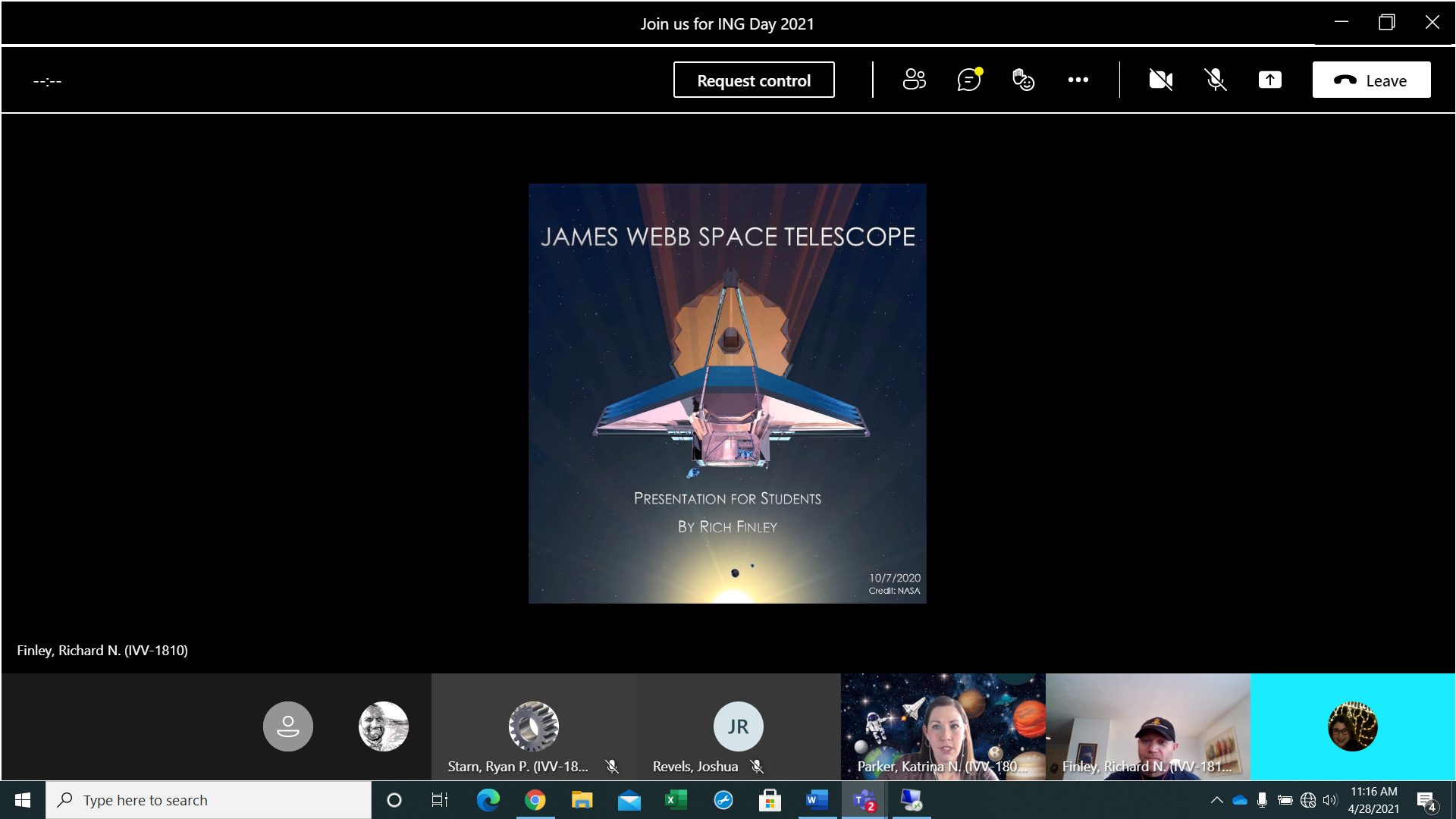FAIRMONT — The NASA Independent Verification and Validation (IV&V) Program virtually hosted employees and their children Wednesday for new kind of Take Our Daughters and Sons to Work Day.
Done in tandem with the program’s Educators Resource Center “Inspiring the Next Generation (ING) Day” offered an opportunity for children whose parents work at the NASA Katherine Johnson IV&V Facility to learn about science principles and upcoming NASA mission work being done in West Virginia.
“Students saw examples of light and the electromagnetic spectrum and realized that the type of energy depends on the frequency and wavelength of the wave of energy,” IV&V Education Specialist Josh Revels said. “It was a lot of fun showing the participants the demonstrations of both the light energy types and the frequency filters.”
Specifically, students heard a presentation about the James Webb Space Telescope and how those energy concepts related to the mission, which is slated to launch this year. Richard Finley, who serves a project manager for JWST, said
it was a fun experience to teach kids about the work he and others are doing.
“I really enjoy teaching kids about how our NASA missions will impact their lives. The projects we are working on today, like JWST, will soon change their science books,” he said. “Most often, I have to present very specific technical data to other NASA managers, engineers, and developers; however, I always enjoy presenting to kids because I can talk about the ‘big picture,’ which reminds me how exciting the missions we work on really are.”
Several employees and their children joined the virtual event on Wednesday morning and actively engaged with the presentations, answered questions, and learned more about these concepts.
“Thanks for teaching that stuff to us,” student Matthew Stanton said during Wednesday’s event.
Revels, who organized much of the event, said it was a goal of his to teach children why JWST is “so special” compared to other satellite missions and motivate those who could be future STEM professionals.
“When [Finley] presented, he elaborated on the topic by displaying satellite images. This really illustrated how NASA scientists interpret the satellite images, he said. “I believe this has truly inspired the next generation of explorers to consider careers in STEM and the I-79 Technology Park.”
Clarissa R. Cottrill
Jr. Communications Specialist
Clarissa.r.cottrill@nasa.gov






























